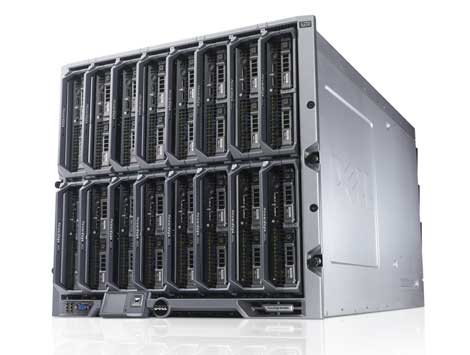Windows Azure PowerShell is a powerful scripting environment that you can use to control and automate the deployment and management of your workloads in Windows Azure. Whether you are experienced with Windows PowerShell or a new user, instructions are available to help you get started provisioning virtual machines, setting up virtual networks and cross-premises networks, and managing cloud services in Windows Azure.
Before you can start using the cmdlets in Windows Azure PowerShell, you will need to download and import the module, as well as import and configure information that provides connectivity to Windows Azure through your subscription. For instructions, see Get Started with Windows Azure Cmdlets.
To learn about tips that can help you use the cmdlets, such as how parameter values, inputs, and outputs are typically handled in Windows Azure PowerShell, see Use Windows Azure Cmdlets. For instructions and examples that show you how to use variables and piping to simplify your commands, see the following:
- Create or Delete Virtual Machines Using Windows Azure Cmdlets
- Manage Certificates and SSH keys Using Windows Azure Cmdlets
- Manage Virtual Machines Using Windows Azure Cmdlets
- Manage Images and Disks Using Windows Azure Cmdlets
- Set Up and Manage Virtual Networks Using Windows Azure Cmdlets
- Set Up Communication for Virtual Machines Using Windows Azure Cmdlets
- Manage Cloud Services Using Windows Azure Cmdlets
For basic instructions about using Windows PowerShell, see Using Windows PowerShell in the Windows PowerShell Getting Started Guide.
If you develop Node.js, PHP, or Python applications for Windows Azure, you can use the cmdlets in Windows Azure PowerShell to get started developing and deploying applications.
- Node.js developers should start with the how to guide on the Node.js developer center.
- PHP developers should start with the how to guide on the PHP developer center
- Python developers should start with the how to guide on the Python developer center.
For reference information about the cmdlets, see Windows Azure management cmdlets.
On Hybrid Cloud blog via Yung Chou :
One-Click Windows Azure VM (IaaS) Deployment with PowerShell User Experience



























